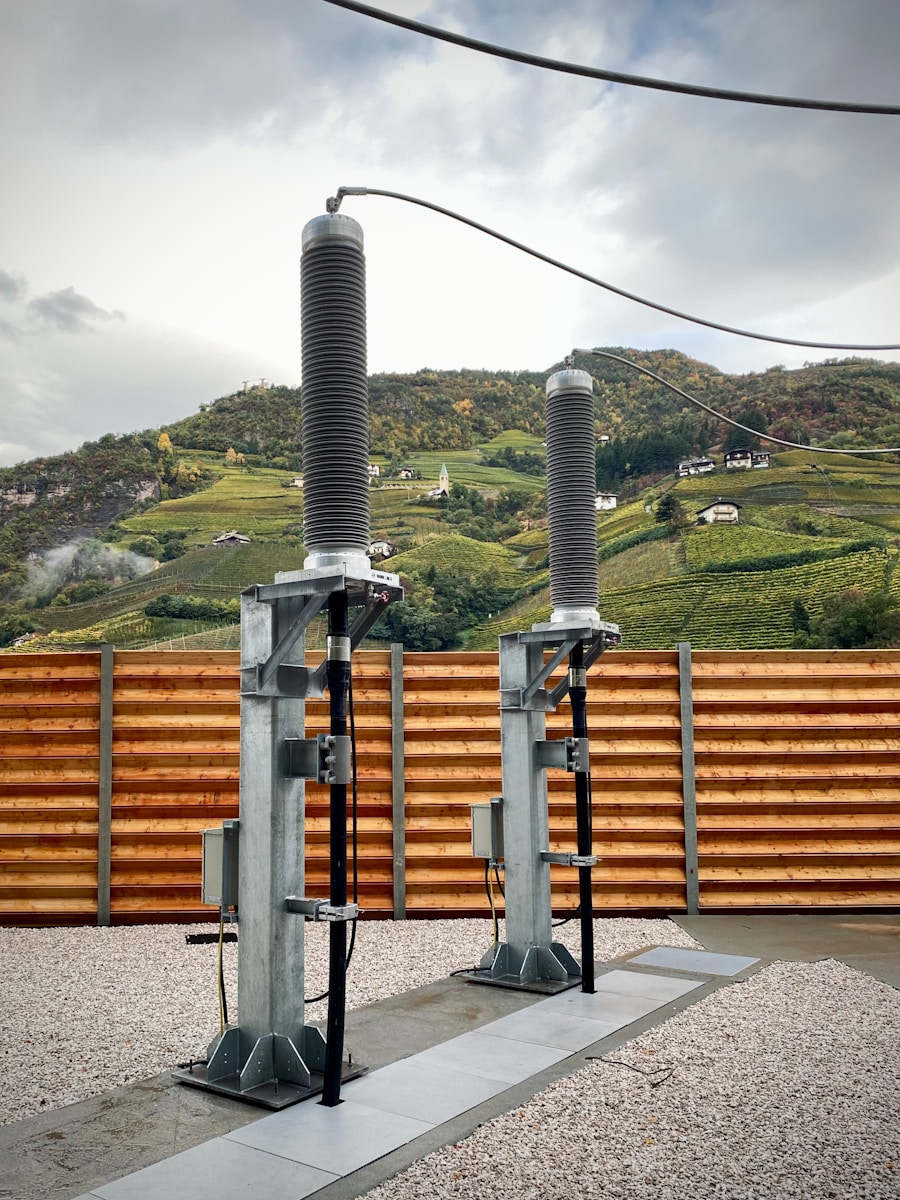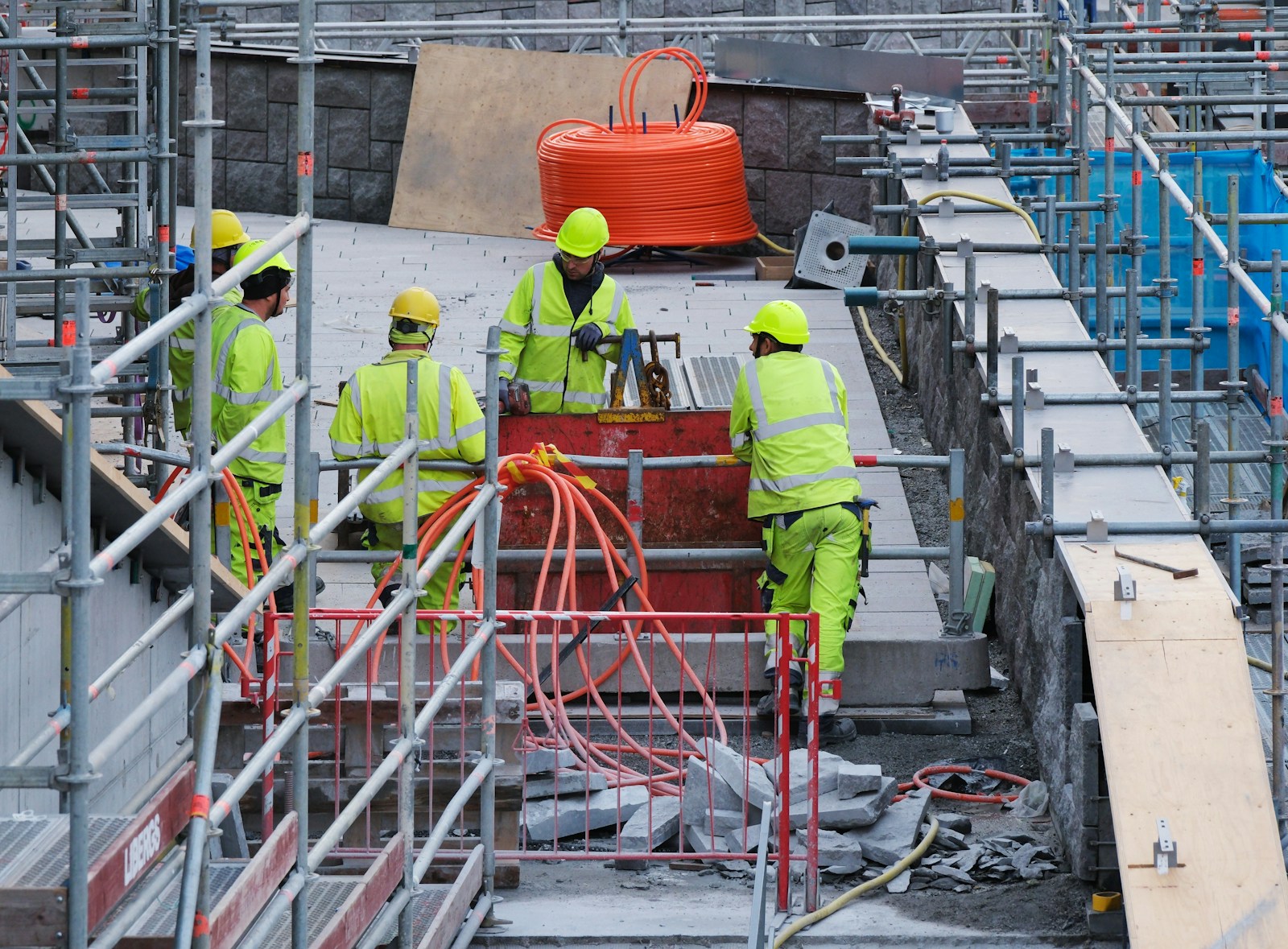Over a coffee in Melbourne recently, a young HR graduate asked me about WorkChoices. “Was it really as controversial as people say?” The question made me smile – attempting to explain WorkChoices is like trying to describe a cyclone to someone who’s only seen a light breeze.
The Perfect Storm
Let me take you back to 2005. John Howard’s government had just won control of both houses of Parliament, and Australian workplace relations was about to experience its most dramatic shake-up in a century. The Workplace Relations Amendment (Work Choices) Act 2005 wasn’t just another piece of legislation – it was a complete reimagining of how Australian workplaces should operate.
A Personal Perspective
I remember sitting in my office when the legislation was announced, watching union representatives and business leaders react on the news. One seasoned HR director turned to me and said, “Mate, everything we know about IR is about to change.” He wasn’t wrong.
The Key Changes
WorkChoices introduced several fundamental changes that sent shockwaves through Australian workplaces:
Australian Workplace Agreements (AWAs)
- Made it easier to move employees onto individual contracts
- Reduced the “no disadvantage” test to a simpler set of minimum conditions
- Allowed AWAs to override collective agreements
Award Simplification
- Reduced allowable matters in awards
- Stripped back various conditions
- Created the Australian Fair Pay Commission
Unfair Dismissal
- Exempted businesses with fewer than 100 employees
- Changed the qualifying period for claims
- Modified the definition of genuine redundancy
The Human Impact
Here’s where it gets interesting – and personal. I remember Sarah, a café owner in Blackwater, telling me how excited she was about the simplified rules for small business. Meanwhile, John, a factory worker with 15 years’ service, worried his conditions would be stripped away overnight.
The Real-World Effects
The legislation’s impact varied dramatically across different sectors:
Small Business
- Greater flexibility in employment arrangements
- Reduced paperwork
- But also increased complexity in understanding obligations
Large Corporations
- More options for workplace agreements
- Reduced union influence
- But also increased industrial tension
Workers
- Some gained through higher pay rates
- Others lost traditional conditions
- Mixed impact on job security
Union Response
The union movement’s response was swift and massive. The “Your Rights at Work” campaign became one of Australia’s largest social movements. I remember seeing those orange shirts everywhere – it was like a sea of protest had washed over the nation.
Business Response
Business reactions were equally diverse. As one CEO told me, “It’s like being given a powerful new tool but with a manual written in hieroglyphics.” Many larger businesses initially embraced the changes, while smaller ones often found them overwhelming.
The Implementation Challenge
Here’s something fascinating about WorkChoices – it created what I call the “IR consultant’s full employment act.” The complexity of the new system meant that even experienced HR professionals needed help understanding it all.
A Tale of Two Workplaces
Let me share two contrasting experiences:
Mining Sector: A large mining company I know immediately moved to implement AWAs. They offered higher base rates in exchange for simplified conditions. Some workers loved it, others saw it as an attack on their working conditions.
Retail Sector: A medium-sized retail chain found itself caught between wanting to use the new flexibility and fearing the complexity. Their HR manager told me, “It’s like being offered a Ferrari when what you really need is a reliable family car.”
The Unintended Consequences
WorkChoices had some fascinating unexpected effects:
- Increased interest in workplace relations
- Greater awareness of employment rights
- Strengthened union membership in some sectors
- Created a new generation of IR activists
The Political Impact
The legislation became a political lightning rod. I remember one politician telling me, “We thought we were modernising industrial relations. Instead, we modernised opposition campaigning.”
The Legacy
While WorkChoices itself was short-lived, its impact continues to echo through Australian workplaces:
- Greater awareness of workplace rights
- More focus on agreement-making processes
- Ongoing debate about flexibility versus protection
- Increased scrutiny of IR changes
The Learning Experience
Looking back, WorkChoices taught us several valuable lessons:
- Change Management Matters: Major workplace changes need careful implementation and clear communication.
- Balance is Critical: The pendulum can’t swing too far in either direction without consequences.
- Complexity isn’t Reform: Sometimes simpler systems work better than comprehensive ones.
The Human Element
What fascinates me most about the WorkChoices era was how it affected everyday workplace conversations. A factory supervisor told me, “Before WorkChoices, I never thought about IR. Suddenly, it was all anyone talked about.”
Looking Forward
The WorkChoices experience continues to influence modern workplace relations:
- More careful approach to IR reform
- Greater emphasis on consultation
- Focus on balancing flexibility and protection
- Recognition of the need for clear communication
Final Thoughts
WorkChoices wasn’t just legislation – it was a social experiment that changed how Australians think about work. While the law itself is gone, its legacy lives on in our ongoing discussions about workplace relations.
As that young HR graduate and I finished our coffee, I reflected that WorkChoices teaches us something profound about workplace reform – change needs to balance efficiency with fairness, flexibility with security, and most importantly, it needs to bring people along on the journey.
The legislation might be history, but its lessons remain relevant for anyone interested in workplace relations. After all, as one wise old IR manager told me, “The past might be another country, but it’s one we need to visit occasionally to remember where we’ve been and why.”


















0 Comments